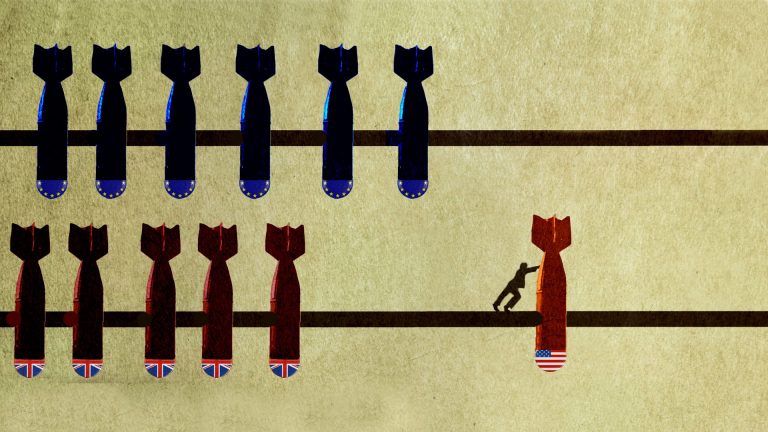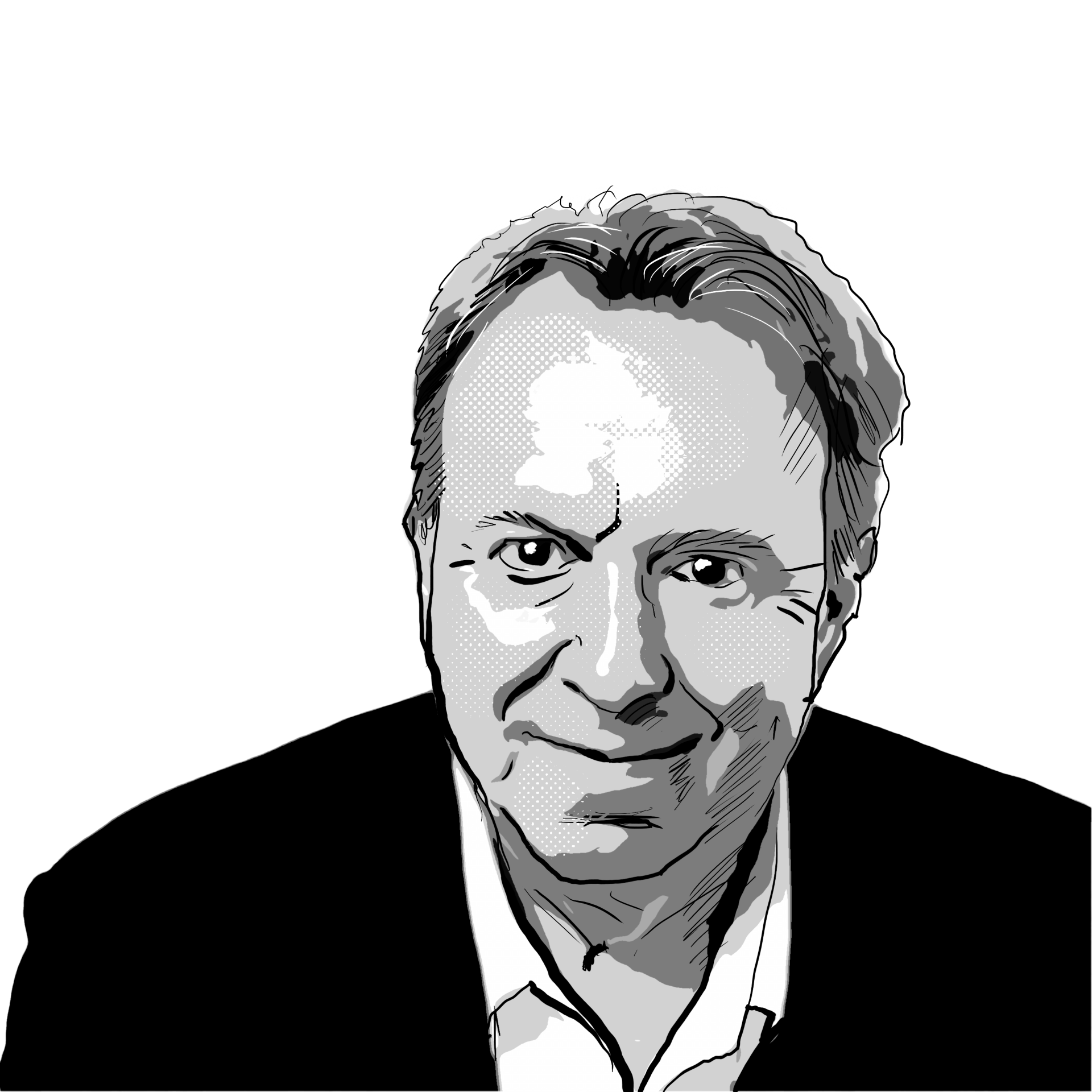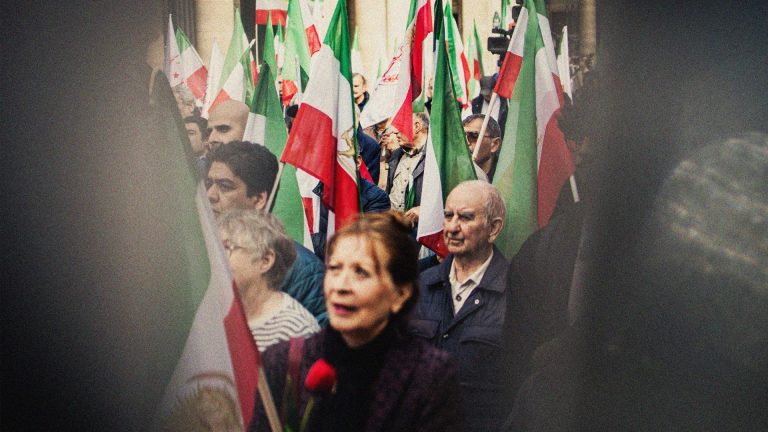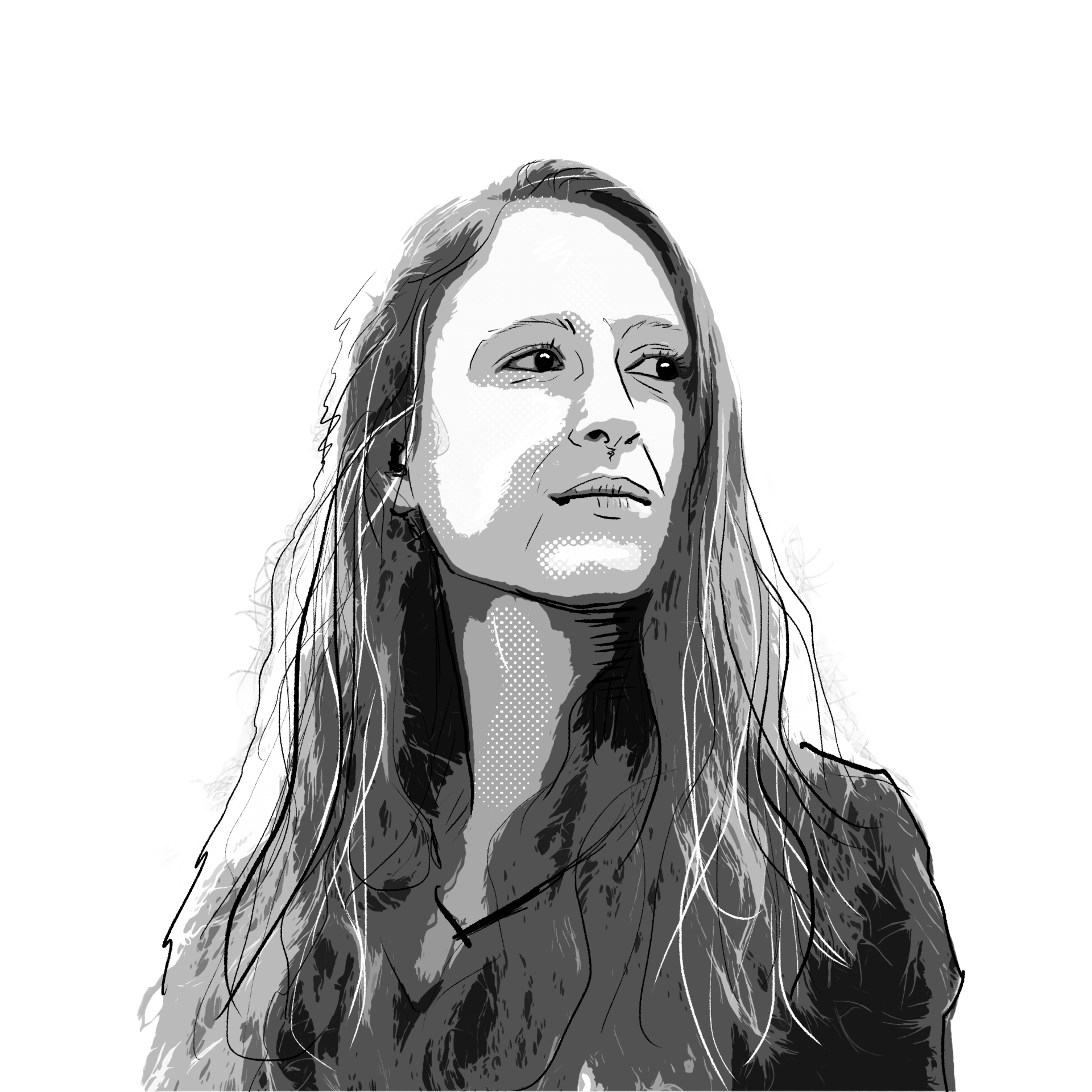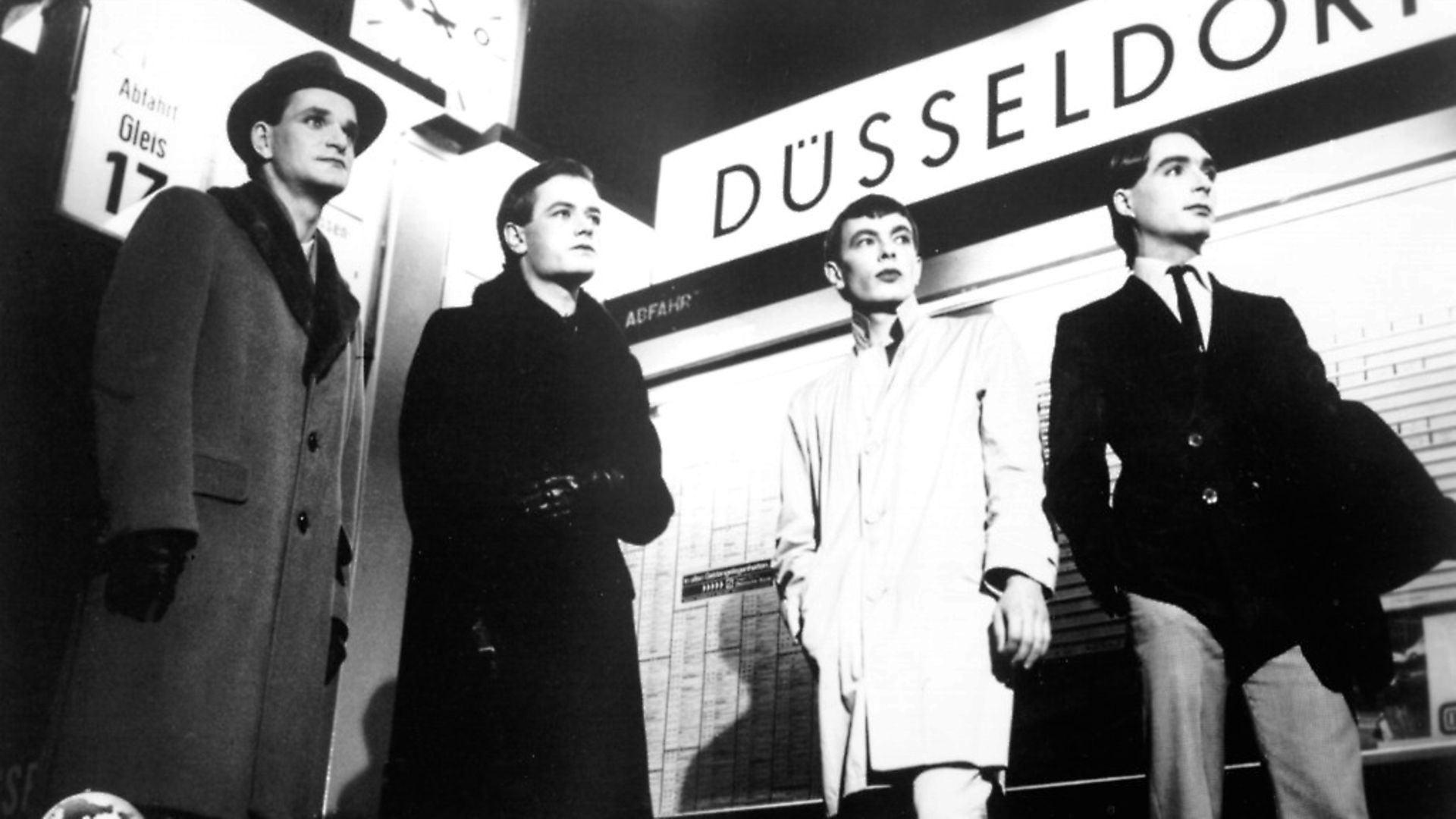
The German city has had a long association with elegance and fashion, and a more recent one with ground-breaking music. SOPHIA DEBOICK reports.
Berlin might have a reputation as the gritty home of Germany’s musical cutting edge, but on the other side of the country is a small, chic city that has produced some of the most boundary-pushing music ever recorded. Düsseldorf boasts a pretty, historic centre, riverside walks and plenty of greenery. Located in the far west of the country, it was a major beneficiary of Germany’s miraculous post-war recovery, the Rhine-Ruhr region flushed with the prosperity brought by major industry. As the centre of Germany’s advertising industry and one of Europe’s fashion cities – its Königsallee is lined with high-end boutiques – it screams wealth.
But behind the elegant and somewhat straight-laced façade, Düsseldorf is also a city of huge artistic curiosity. It was already synonymous with artistic excellence by the beginning of the 18th century, elector Johann Wilhelm II having assembled a world-class art collection in his own picture gallery, and in the 1830s and 1840s the Kunstacademie produced a school of landscape painters with a style that became associated with the city. Later, the Kunstacademie would produce some of the most illustrious names in post-war contemporary art – Joseph Beuys, Gerhard Richter, Andreas Gursky – and this became a place where the visual arts and music existed in a symbiotic relationship. The birth of electronic music was the result.
Just as Düsseldorf was gaining its reputation as a centre of landscape painting, Mendelssohn got his first paid musical post as the city’s music director in 1833. The 24-year-old quickly became frustrated with the provincial tastes of the city’s citizens and lasted only a year before going on to better things in Leipzig. A decade and a half later, Schumann arrived in the city to take up that same role. He was 40 and already suffering a terminal mental decline. Moving into a house on Bilkerstrasse along with his wife Clara and five children, he promptly wrote his Symphony No. 3 in E-flat, the ‘Rhenish’, inspired by the dizzying grandeur of nearby Cologne cathedral, but he lasted only three seasons before being sacked from his directorship. In February 1854 he threw himself into the Rhine from one of Düsseldorf’s bridges and was confined to an asylum in Bonn where he later died.
Brahms, born in Hamburg the year Mendelssohn took up his Düsseldorf appointment, went to the city immediately after Schumann’s death to comfort Clara. The younger man had been Herr Schumann’s protégé and had been praised loudly and publicly by him, but Brahms and Clara had fallen inconveniently in love and would carry on a great saga of unfulfilled passion for years afterwards. By the time Mendelssohn had arrived in the city, Düsseldorf’s perhaps most celebrated artist, poet of the Young Germany movement Heinrich Heine, had already left the city for Paris, but Mendelssohn, Schumann and Brahms would all provide settings for his poetry over their careers.
A century on, as Germany’s post-war rebuilding continued apace, Düsseldorf became one of the preeminent cities of the European avant-garde. The city’s economic success meant leisure and the opportunity to create, while the lingering psychological scars of the war provided the motivation for extraordinary artistic outpourings. Former Luftwaffe pilot Joseph Beuys graduated from the Kunstacademie in 1953, becoming professor of sculpture there in 1961, and around him grew an atmosphere of limitless artistic possibility. The 1967 opening of the Creamcheese club/art space in Düsseldorf’s Altstadt – still its bar-lined party district today – by a group of artists involved in the ZERO movement brought music firmly into the orbit of this experimental environment.
By the end of the decade, experimental rockers Can had emerged in Cologne, a city at the forefront of musical experimentation from the 1950s due to its Studio for Electronic Music and the innovation in electronics going on in the nearby Ruhr valley. Can began to trash the basic musical structures of the blues-based music that British forces radio broadcast to the area, creating completely new sounds.
Can’s percussionist Jaki Liebezeit created a new metronomic beat dubbed motorik that seemed to evoke the emerging landscape of industry and motorways that disappeared into the horizon. But it would be a clutch of innovators in Düsseldorf who would pick up Can’s lead and take it to its full conclusion.
1974 was a crucial year for art from Düsseldorf. Beuys took his famous performance piece I Like America and America Likes Me, involving him being wrapped in felt and locked in a room with a coyote for three days, to New York. Meanwhile, Kraftwerk released their breakthrough LP Autobahn, the title track epitomising motorik and showing how they had used drum machine, synths and monotone vocals to make something entirely musically novel.
Kraftwerk’s Florian Schneider and Ralf Hütter, both from the upmarket district of Oberkassel on the other side of the river to the Altstadt, had met at the Robert Schumann Hochschule music academy, and went on to record albums at Kling Klang Studios on Mintropstraße, right next to the central train station, that would come to be considered among the foundational texts of electronic music.
Members of Kraftwerk during the band’s early life, Klaus Dinger and Michael Rother had left to form Neu! in 1971, forging a close working relationship with Conny Plank, who had produced Kraftwerk’s 1970 debut LP and continued to work with them throughout the early 1970s. Plank was the hidden figure pushing German electronic music to the limits, his studio 40 miles south of Düsseldorf, in rural Wolperath, becoming a Mecca for musicians all over Europe, and he produced Neu!’s first three albums. On Neu!’s eponymous 1972 debut, Dinger used the motorik feel to create a masterpiece in the hypnotic 10-minute opener Hallogallo. When Dinger formed La Düsseldorf in 1976 after the demise of Neu!, the band used a sound that similarly seemed to evoke the paradoxically cinematic nature of the everyday.
‘Krautrock’, as it came to be dubbed, was at first the preserve of the cognoscenti elsewhere in Europe (Bowie’s Berlin trilogy of 1977-79 drew more than heavily on the Düsseldorf sound, for example), but as the electronic wave swept over the British charts in the early 1980s it went mainstream. When Kraftwerk’s The Model (1978), a song which dripped with irony about Düsseldorf’s fashion industry, was re-released as an A-side in the UK, it went to No.1, sharing the Top 20 in February 1982 with the home-grown electronica that had often looked to Germany for direction, including OMD, the Human League and Soft Cell.
In 1975, just as Neu! released Neu! 75 and Kraftwerk released Autobahn’s follow-up Radio-Activity, a new club opened in Düsseldorf which signalled a break with these finely-calibrated musical experiments and the perceived ‘middle classness’ of the krautrock innovators.
Ratinger Hof was a grimy venue near the river, just 300 metres from the Kunstacademie and it quickly became both a haunt of visual artists and members of music-based subcultures. It was the natural home of bands who took on the British punk influence wholesale, like Die Toten Hosen, whose Modestadt Düsseldorf took aim at the city’s well-heeled reputation, ironically calling it “a beautiful place where no one has any worries”.
But slightly later, Ratinger Hof would also host the post-punk of the Neue Deutsche Welle and ‘electronic body music’ (a term coined by Kraftwerk’s Ralf Hütter), where punk attitude would meet the electronic innovations of the preceding years to create something utterly sonically uncompromising, often referencing Germany’s totalitarian past in lyric and image. Formed in 1978, DAF (Deutsch Amerikanische Freundschaft – ‘German-American Friendship’) were a duo of electro-punks with a homoerotic ‘leather and muscles’ image and controversial lyrics – 1981’s Der Mussolini praised a fictional dance craze in harsh Teutonic tones: “Tanz der Mussolini”, “Tanz der Adolf Hitler”.
Formed only slightly later than DAF, and including former member Kurt Dahlke, Der Plan were more immersed in the artistic imperative of experimentation than the urge to political agitation. Die Krupps, named after the industrial dynasty from Essen which had manufactured arms and used Nazi slave labour, espoused a proto-industrial sound, but Ralf Dörper of the band became a purveyor of rather shinier synthpop with the formation of Propaganda, whose 1985 album A Secret Wish spawned two UK Top 30 singles.
The short-lived Liaisons Dangereuses, which included Beate Bartel, founding member of Berlin industrial pioneers Einstürzende Neubauten, and Chrislo Haas, late of DAF, produced a kind of proto-Acid House that was unnervingly before its time.
The influence of Düsseldorf’s music of the 1970s and 1980s is incalculable, fusing electronic sounds into the DNA of popular music, opening the door to techno and industrial, and inspiring everyone from DJs in Chicago and Detroit to the bedroom synth-twiddlers of Britain’s provincial cities.
Kraftwerk percussionist, Wolfgang Flür, said: “We wanted to oppose the superiority of Anglo-American music with something frightfully German. It felt strange that people loved us exactly for that reason.” Düsseldorf has proven that borders mean little in music.




